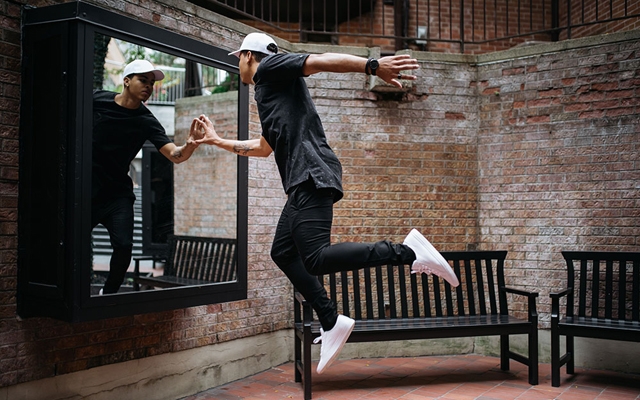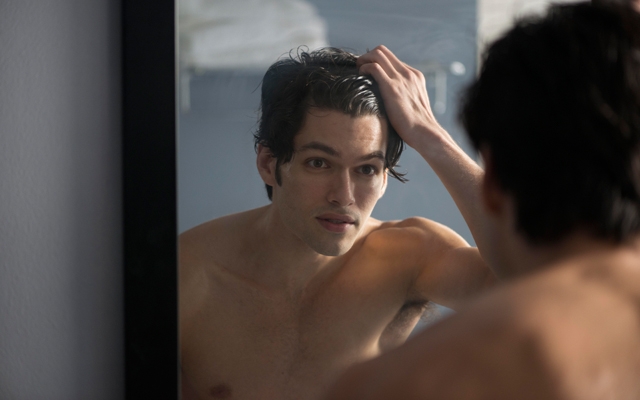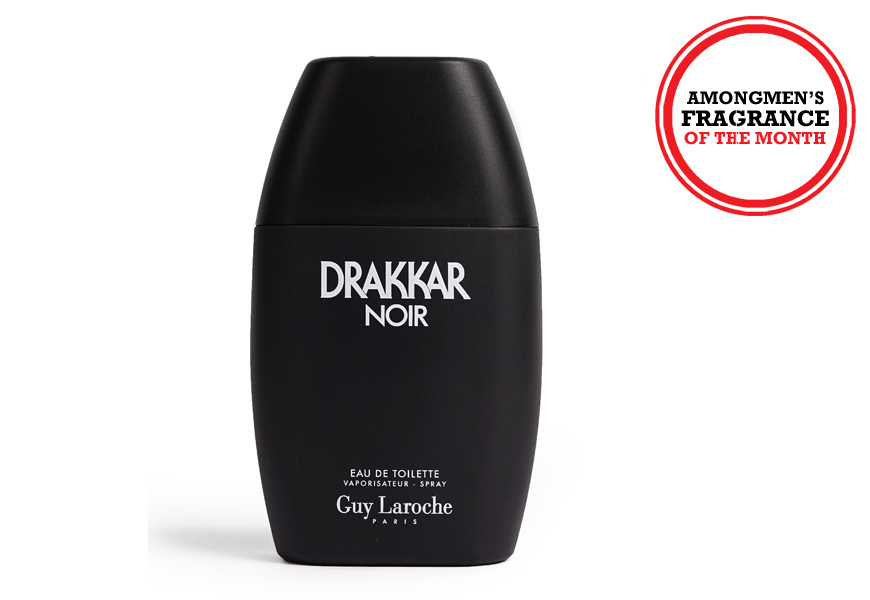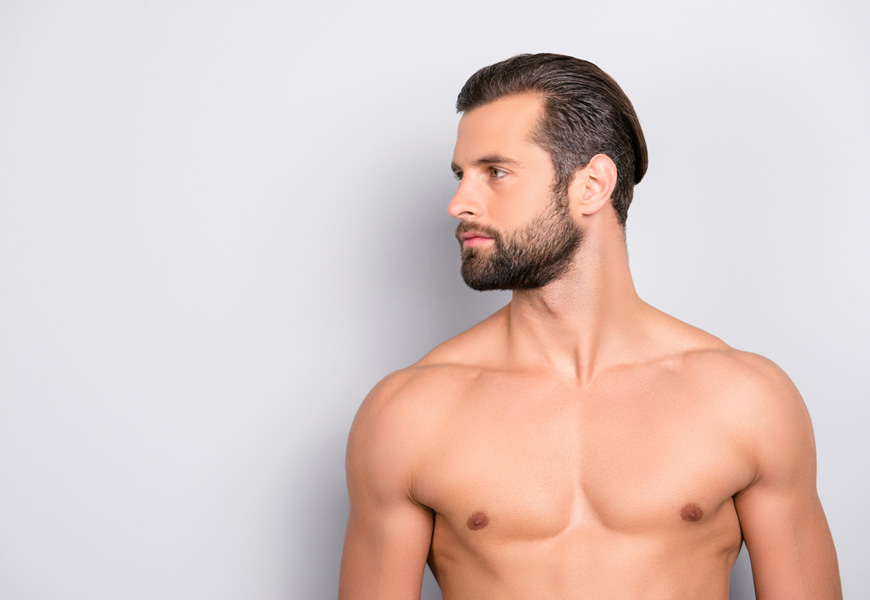Athleisure, it’s not only defined how Canadians have dressed this year but it’s also one of the latest words to make the Webster Dictionary for 2016. The trend began with hoodies and joggers creeping into brunch outfits and even at the bar but has since spiraled to new heights of coziness. Everyone from Kanye West to H&M have gotten into the action with lines focused on the three commodities most often associated with the trend, joggers, hoodies & t-shirts. Canadian sales of sweatpants rose close to 20% in the last year and overall sales of “Athleisure” clothing climbed 15% at the end of March to reach $2.9 billion according to market research group NPD. It wasn’t too long ago that wearing sneakers outside of the gym was taboo but this new movement is just getting started.
From suits to jeans and now joggers, Canadians have dramatically changed their sartorial choices based on their lifestyle in the last 20 years. The baby boomers saw the suit as a significant component of work and a necessary requirement to be taken seriously in the workplace. This started to change during the recession in the 90’s when Dockers sent a brochure to HR managers across the country to essentially style swagless men everywhere. As the suit slowly started to lose it’s iron grip to denim and polos, the rise of something bigger had begun.
By the mid to late 2000’s, Canadians were looking for something different. Active-wear brands such as Lululemon and Under Amour were beginning to make products such as yoga pants and moisture wicking t-shirts mainstream. While on the runway a young New Yorker named Alexander Wang was among the first designers to base his aesthetic around t-shirts, sweaters and joggers. This leads to the question, how do you define Athleisure? Commonly defined as athletic clothing that’s worn outside a gym, the definition can differ based on the interpreter. Kit & Ace, the technical luxury brand founded by Shannon and J.J Wilson of Lululemon had this to say “Athleisure is a trend in fashion that focuses on clothing made for athletic activity, whereas Kit and Ace apparel is for movement but not sweating. We create streetwear that trends to technical”. Streetwear is traditionally defined by skate and hip-hop culture and athletic wear by performance fabrics so where does that leave brands that may not want to be slapped with this label but undoubtedly have a huge influence on it?
Whether you want to call it athletic-wear, streetwear or sportswear, the one underlying factor that will define this aesthetic in 2016 is fabric innovation. Liam Maynard (Brand Manager for Zanerobe, the brand responsible for making joggers mainstream in Canada) had this to say “I see it being a huge trend, We’ve started to develop some technical fabrics (similar to Nike Tech) like our Foam Core to grow in that market.” Kit and Ace although tightlipped had this to say “We have much more coming down the pipeline. We can’t share too much, but we look forward to expanding to other innovative technical fabrics, lifestyle products, and accessories”. With an array of options currently on the market across all price points and styles, I’m eager to see how these fashion brands will continue to push their product mix forward and how that will shape Athleisure in the new year.











